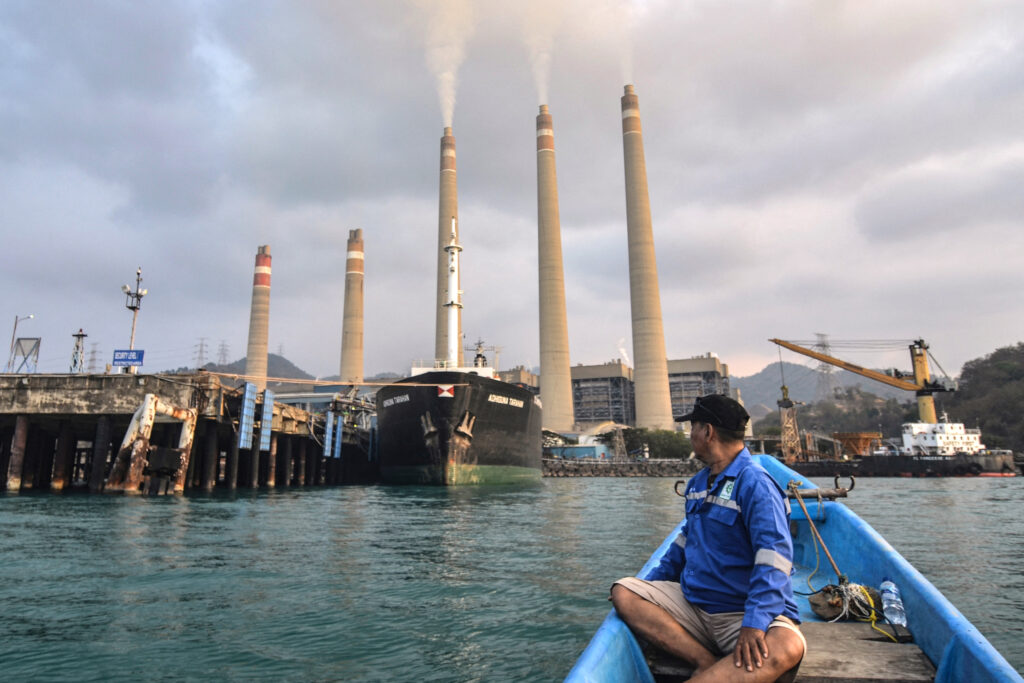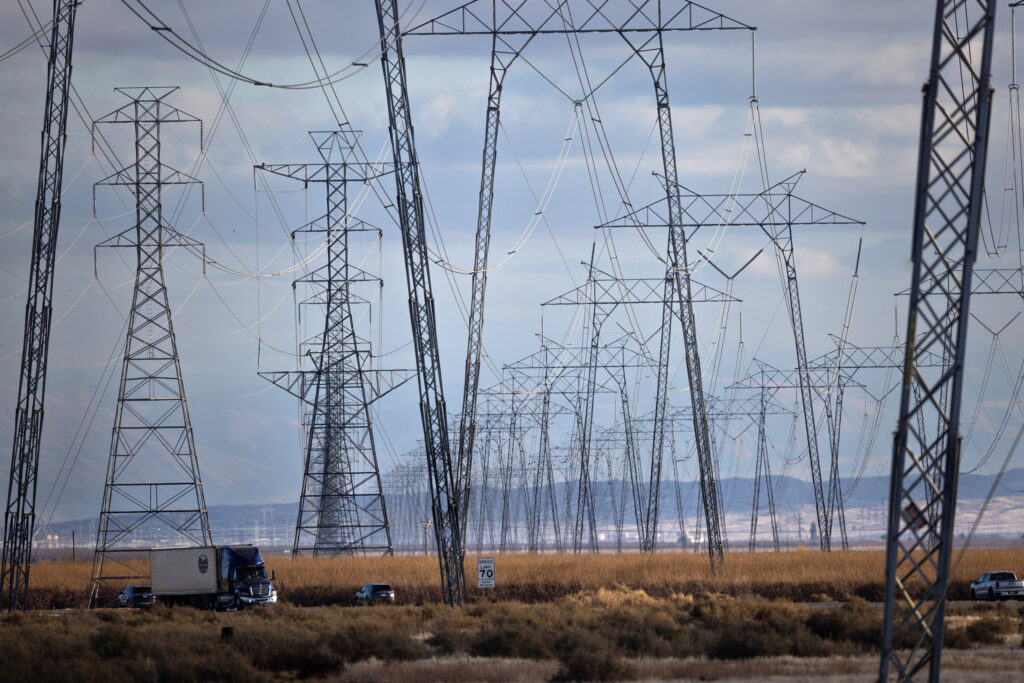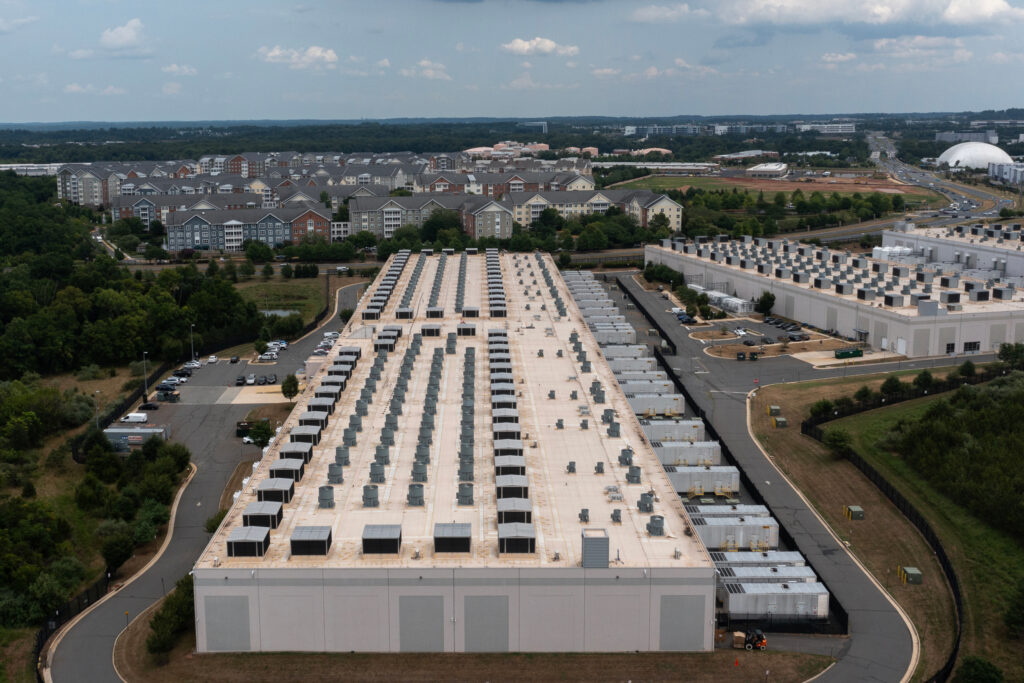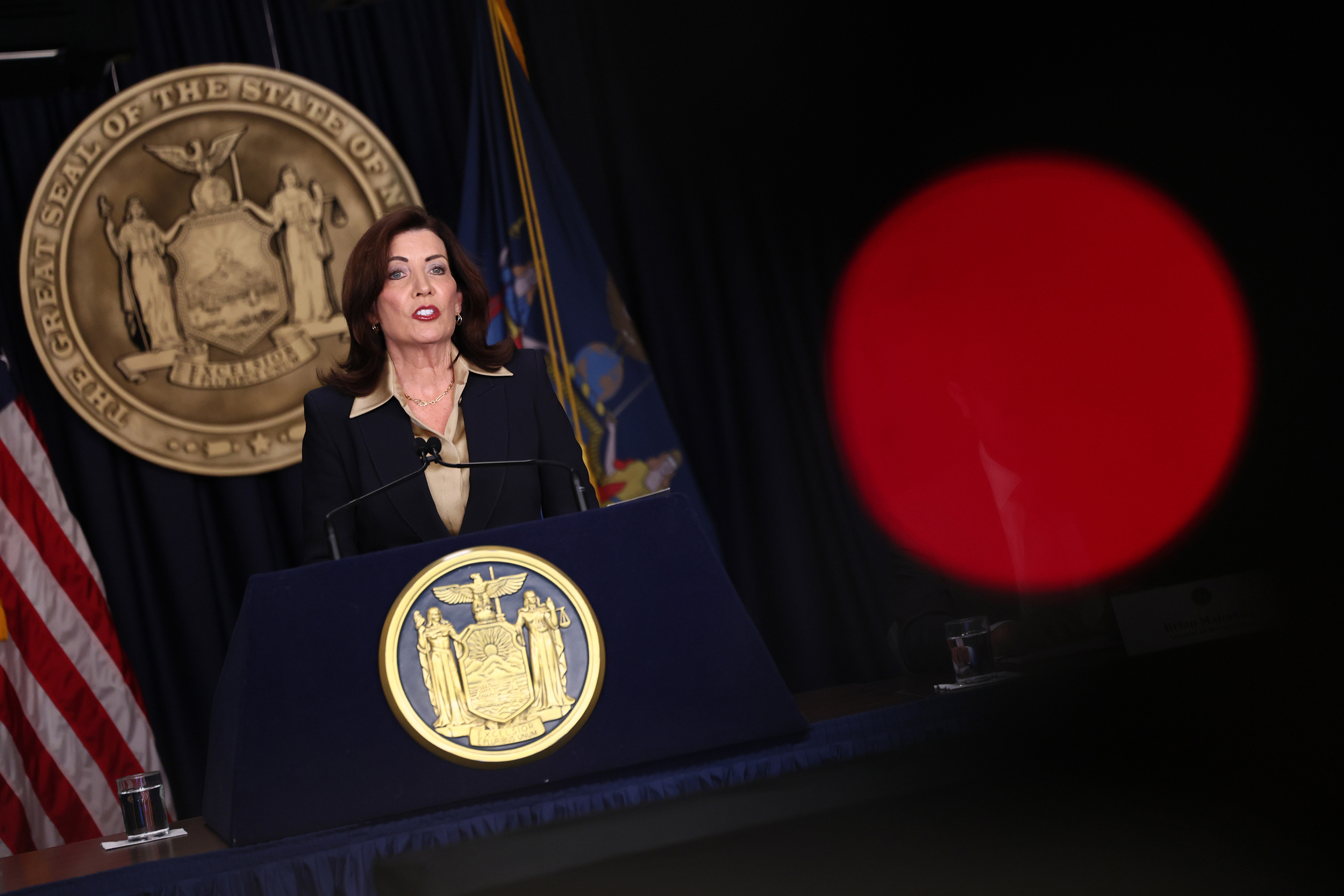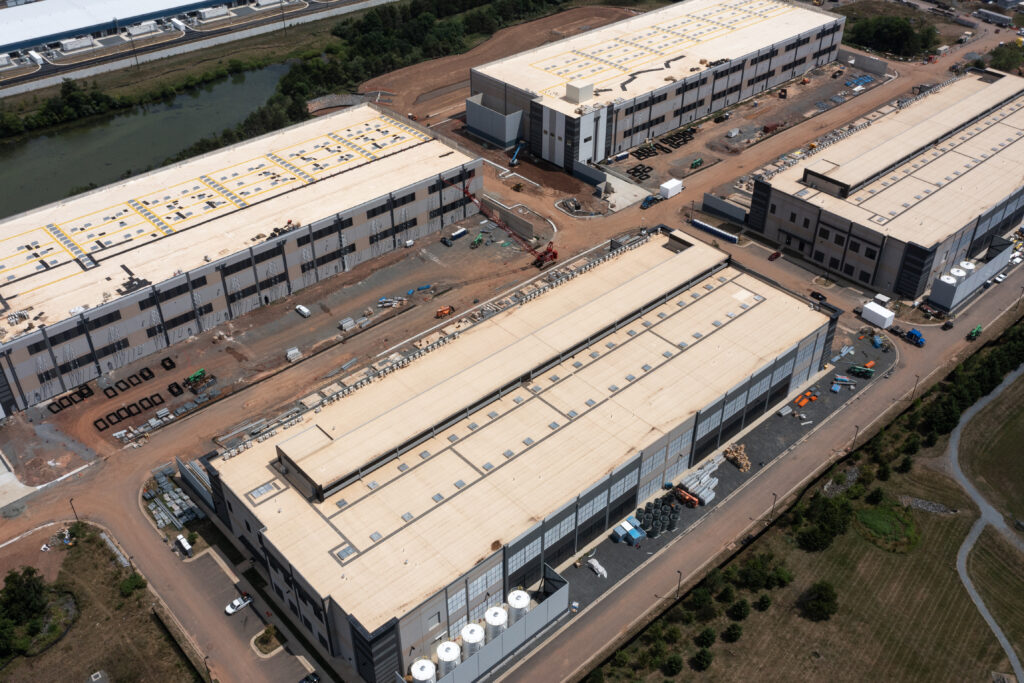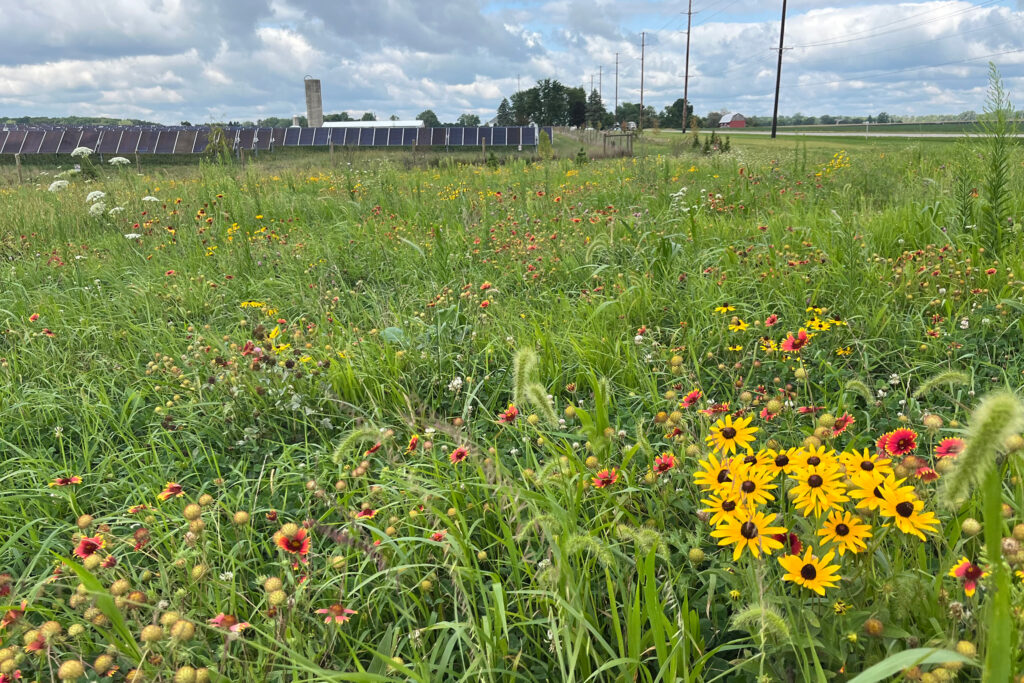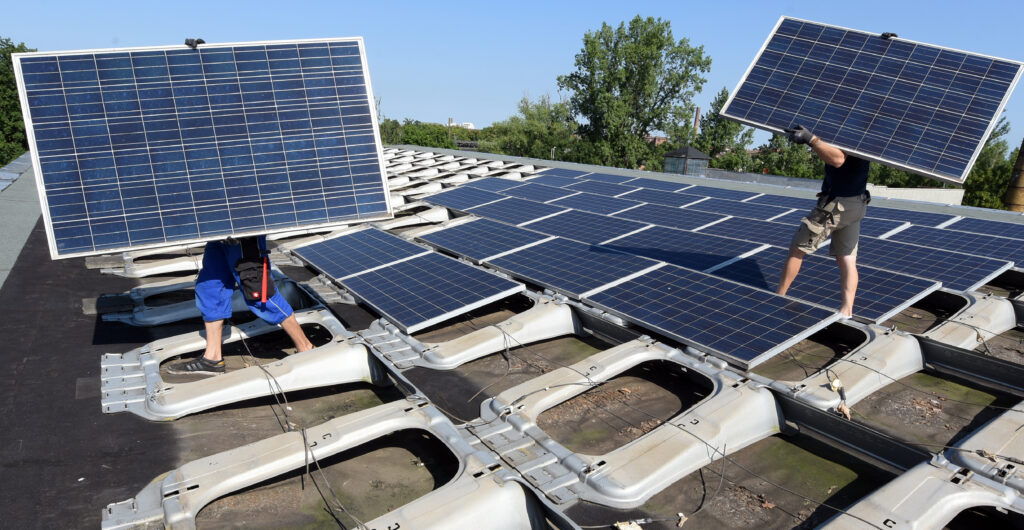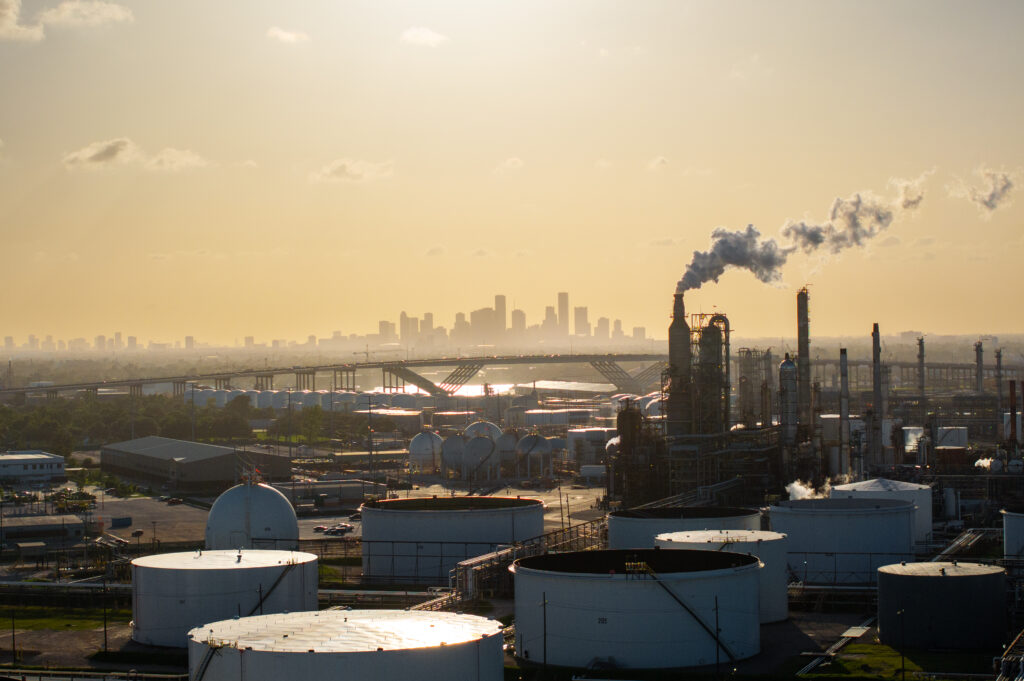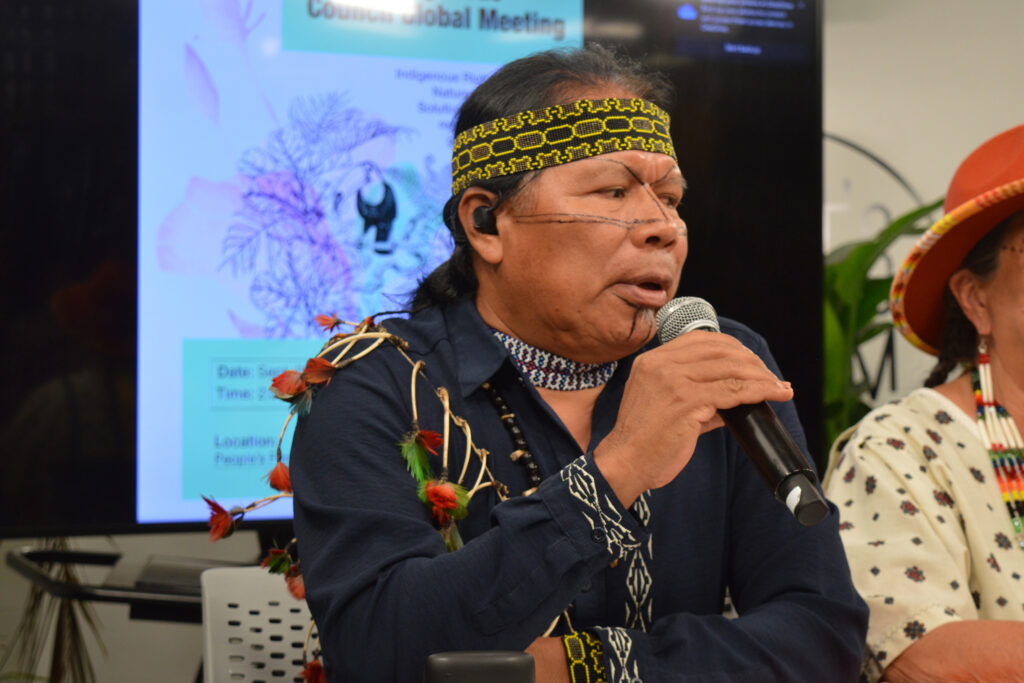Planet China: Ninth in a series about how Beijing’s trillion-dollar development plan is reshaping the globe—and the natural world.
BANTEN PROVINCE, Indonesia—The city of Cilegon is surrounded by coal-fired power plants, half a dozen within 10 miles. Some days, the hills that rise above town nearly disappear behind smog that clogs the air and obscures the sky.
One of the closest plants is a 2,000-megawatt behemoth called Java 7, completed in 2020 as a flagship of China’s investment in the region.
For years, China helped build and finance a global fleet of coal plants beyond its borders that now pumps out more climate-warming carbon dioxide than most nations, according to an Inside Climate News analysis of data compiled by Global Energy Monitor, which tracks energy development.

More than anywhere, Indonesia illustrates this fleet’s lasting climate legacy. The Southeast Asian nation is one of the biggest beneficiaries of China’s Belt and Road Initiative, the overseas development effort that has mobilized more than $1.3 trillion globally since 2013. And the country now has the world’s fourth-largest coal fleet and one of its youngest. Indonesia’s carbon dioxide emissions have more than doubled since 2005, making it the seventh-largest polluter.
While this buildout was driven by Indonesian leaders, and Japan and South Korea have provided significant financing, too, no foreign nation has played a larger role than China.
“China is a good friend for all the presidents to fulfill their campaign promises,” said Muhammad Zulfikar Rakhmat, director of the China-Indonesia desk at the Center of Economic and Law Studies, a research and advocacy group in Indonesia. Where lenders from other countries have pledged money without delivering, Rakhmat said, Chinese enterprises provided financing quickly and with few requirements.
Today, Chinese companies are continuing to build new coal plants in Indonesia, despite a 2021 pledge by China’s president, Xi Jinping, that Beijing would end such financing.
Chinese entities were planning or building at least 17 generating units at nine coal-fired power plants across Indonesia as of July, according to the Inside Climate News analysis and other reporting. An additional 27 units under construction or in the planning stages had no known Chinese involvement.
The new coal plants are coming at a time when climate change is already driving deadly extreme weather across the globe, and they could push Indonesia’s climate targets out of reach.
In an ironic twist, many of the new Chinese-backed coal plants are powering operations that Indonesian leaders say will help transition the world to cleaner energy. These so-called “captive” coal plants are not connected to the grid but instead serve as dedicated power sources for new industrial parks refining nickel, used in electric vehicle batteries, or manufacturing solar panel components. The projects are backed largely by private Chinese companies rather than state-owned enterprises, and their status as captive power plants appears to allow them to flow through a loophole in Xi’s 2021 pledge.
Beyond these captive plants in Indonesia, China has largely stuck to that promise—only a few other Chinese-backed coal units were newly planned last year, in Kyrgyzstan, Zambia and Zimbabwe, according to the Centre for Research on Energy and Clean Air, an independent research group based in Finland.
Still, projects that had already been announced before Xi’s 2021 pledge continue to come online. As of last year, 52 Chinese-backed coal power plants were still planned or under construction globally, with more in Indonesia than any other country, according to the Centre for Research on Energy and Clean Air. Together, these plants could emit more than 200 million metric tons of carbon dioxide annually, or about as much as all of Pakistan.
Now, Indonesia and other nations that host Chinese-built coal fleets are grappling with how they can reduce their climate emissions while saddled with young power plants burning the most polluting fossil fuel.
Indonesian officials say they are open to shutting their coal plants earlier than planned in order to limit climate pollution, but that closures cannot come at the expense of economic growth. Any costs of early retirement, Indonesian leaders say, must be paid by wealthy nations.
Developed countries did launch a program to do just that in 2022, called a Just Energy Transition Partnership, or JETP. But the Indonesia JETP has struggled to identify projects to fund, has yet to close a deal to shut a coal plant and in March, the Trump administration withdrew the United States from the partnership.
Chinese officials have been largely silent on the future of their overseas coal plants, beyond the 2021 pledge.
China’s Global Coal-Powered Footprint
On this interactive globe, estimated annual carbon dioxide emissions from coal-fired power plants outside of China but with known Chinese financial backing or ownership are shown by the relative heights of the columns. Click/tap and drag to spin the globe, then hover or tap on the columns for more information on each plant.
“There are no other policies that have been introduced for the existing overseas coal power plants,” said Xincen Gu, climate and energy campaigner for Greenpeace East Asia in Beijing. “We need to accelerate the retirement of existing coal power plants.”
In recent years, Chinese leaders have said the Belt and Road Initiative would begin to focus on greener projects, and it has increased overseas funding for electric vehicles, renewable energy and the supply chains those industries rely on.
In Indonesia, however, that shift has yet to make a dent in climate pollution. In fact, it’s continuing to drive it higher.
King Coal
The Java 7 power plant is the tallest structure around, an industrial hulk that looms over the rice paddies and coastal wetlands surrounding it. China Shenhua Energy Co., a state-owned enterprise that holds a controlling stake in the station, replanted a mangrove along the project borders and advertises Java 7 as “low emissions.” But the power plant spews out an estimated 8 million metric tons of carbon dioxide every year, according to Global Energy Monitor.
Following the coastline north, the generating stations get older and dirtier. At the northern tip of the peninsula, fisherfolk haul their catches to shore in a small marina packed with colorful wooden boats fitted with outriggers. On the other side of the jetty is the discharge from the Banten Suralaya power station’s cooling system, a churning river of hot water pumped out to sea. One of Indonesia’s oldest coal plants, Banten Suralaya was expanded in 2011 with Chinese financing and again this year with financing from South Korea, China, Malaysia and other countries.
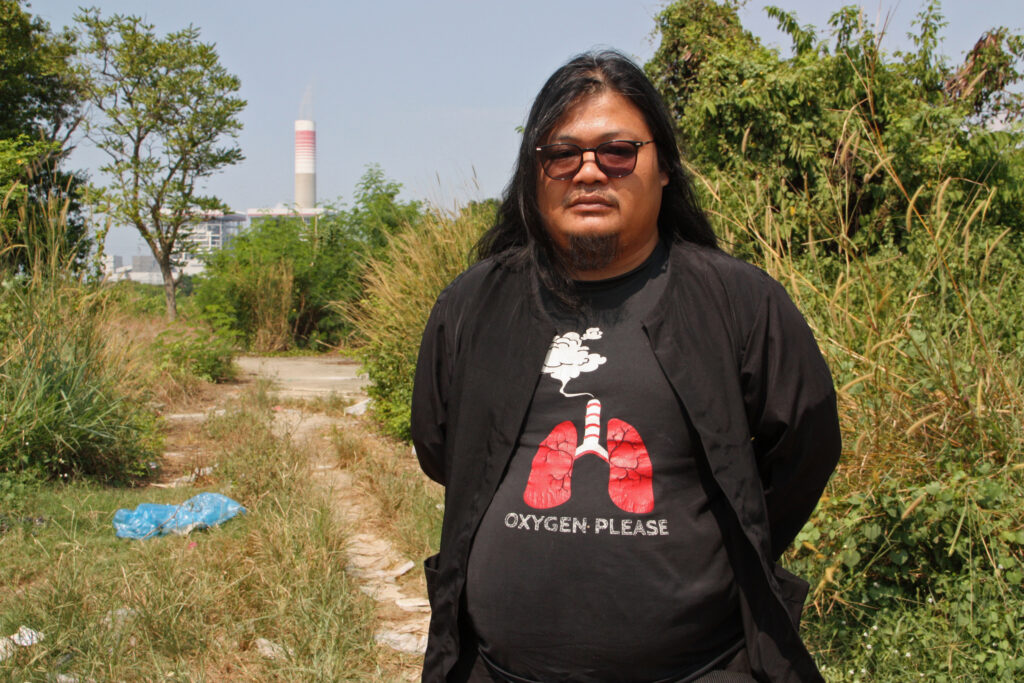

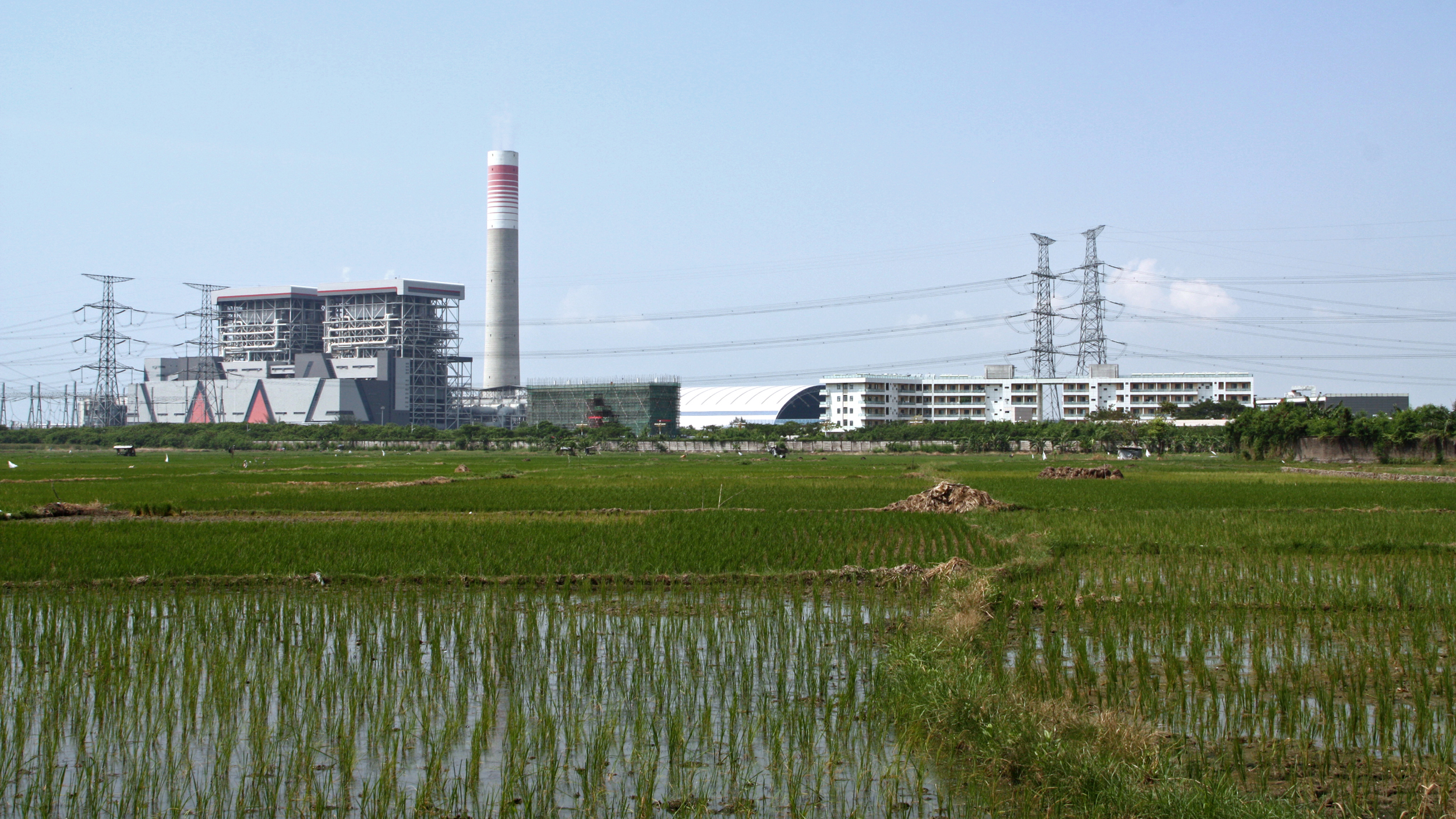

About two miles down the coast, past Suralaya’s 10 units, the Banten Serang coal plant towers over the village of Salira. That plant was completed in 2017 by a Malaysian company in partnership with another Chinese state-owned enterprise.
Rodah, who like many Indonesians goes by only one name, runs a kiosk in Banten Serang’s shadow. She remembers what it was like before the first of the coal units was built in the 1980s.
“There were famous beaches here,” Rodah said, speaking through a translator. She was leaning through the open window of her sky blue plywood shop, a green headscarf covering her hair. Packets of iced tea and instant noodles and coffee hung for sale.
Today, she said, residents are plagued by respiratory infections. They can no longer access the beach, which was cut off by a petrochemical operation.
Coal is the dominant source of energy across Indonesia, supplying about two-thirds of the nation’s electricity, according to the Institute for Essential Services Reform, an Indonesian research group. The country burned relatively little of the fuel only a couple decades ago, until former President Joko Widodo ushered in a surge of construction as part of a broader effort to develop Indonesia into an industrialized, middle-income nation.
To help encourage investment, Indonesia’s state-owned utility, PLN, signed long-term “take or pay” contracts to purchase electricity. The contracts locked the utility into paying the power plants even if their output was not needed. Indonesia has abundant coal reserves, and the government obligated mines to sell coal domestically at below-market rates. Foreign investors, especially from China and Japan, rushed to build and by the end of Widodo’s term in 2024, Indonesia had 57 gigawatts of coal-fired capacity, two-and-a-half times the amount a decade earlier.
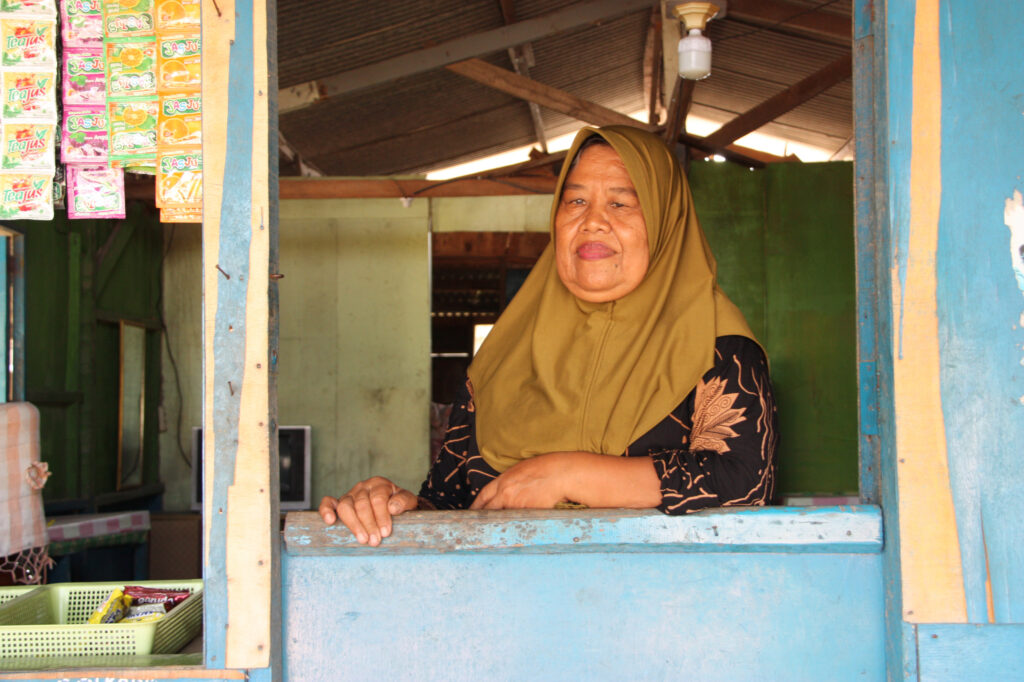

The result was a glut of coal power with excess capacity, and financial struggles for PLN.
“They are buying more than what they are using,” said Katherine Hasan, a Southeast Asia analyst at the Centre for Research on Energy and Clean Air, of the state-run utility. “They are bleeding money.”
Chinese companies were particularly well-suited to enter Indonesia, said Putra Adhiguna, a Jakarta-based managing director of the Energy Shift Institute, an energy finance think tank. PLN generally insists on owning a stake in any new power plants, yet the utility’s financial troubles make attracting investment difficult.
“Try to do a joint venture with a company that doesn’t have money,” Adhiguna said. This challenge poses less of a problem for China’s state-controlled enterprises, he said, than for Western companies.
Paul Butarbutar, head of the JETP secretariat, agreed.
“The good thing about China compared to the investors in the U.S. and Europe is they are willing to take bigger risks,” Butarbutar said. As state-owned enterprises, “they know how to play the game.”
Data on Chinese involvement in Indonesia’s coal power sector is incomplete, but several analyses and datasets indicate that the country’s coal power sector has received more backing from China than any other foreign nation.
The surge in new captive coal plants has been driven by a different set of policies. To encourage manufacturing, Indonesia banned the export of raw minerals and established local content requirements for renewable energy development and other sectors. That meant nickel ore, used in steel and electric vehicle batteries, had to be refined in the country, often on the remote islands where it is mined. Coal has powered nearly all of these.
Elsewhere, Chinese companies have been involved in plans to build factories that would make components for solar panels, powered with new coal plants.
Beyond Xi’s pledge to halt overseas coal financing, these projects appear to be in tension with guidelines the Chinese government has issued for investments under the Belt and Road Initiative, which say companies “need to give priority to clean and green renewable energy projects.”
“There is a huge question mark still around what exactly are the guidelines of China’s overseas funding moratorium,” said Lucy Hummer, a senior researcher at Global Energy Monitor.
For Indonesia, the overcapacity of coal paired with the government-suppressed price of the fuel has discouraged investment in renewable energy that could theoretically help retire polluting power plants.
This lack of any meaningful growth in renewable energy makes discussions of retiring coal plants premature, Energy Shift Institute’s Adhiguna said.
“I think we’re just not at that stage yet to actually talk about what’s the future of coal,” Adhiguna said.
Mutual Interest
China’s influence in Indonesia dates back more than a millennium, when the Southeast Asian archipelago was a stop along the Maritime Silk Road. Ties between the nations have waxed and waned, often punctuated by bouts of xenophobic violence against Chinese immigrants.
Today, China’s role is on the rise. Widodo’s first term as president coincided with the launching of the Belt and Road Initiative in the mid-2010s. Widodo wanted to build hard infrastructure—high-speed rail, factories—and the power grid to run it. China was looking to export its engine for economic growth, especially as the country found itself with excess capacity to build.
It was a merging of interests, said Rakhmat, of the Center of Economic and Law Studies.
“We are very active in inviting China to come,” he said.
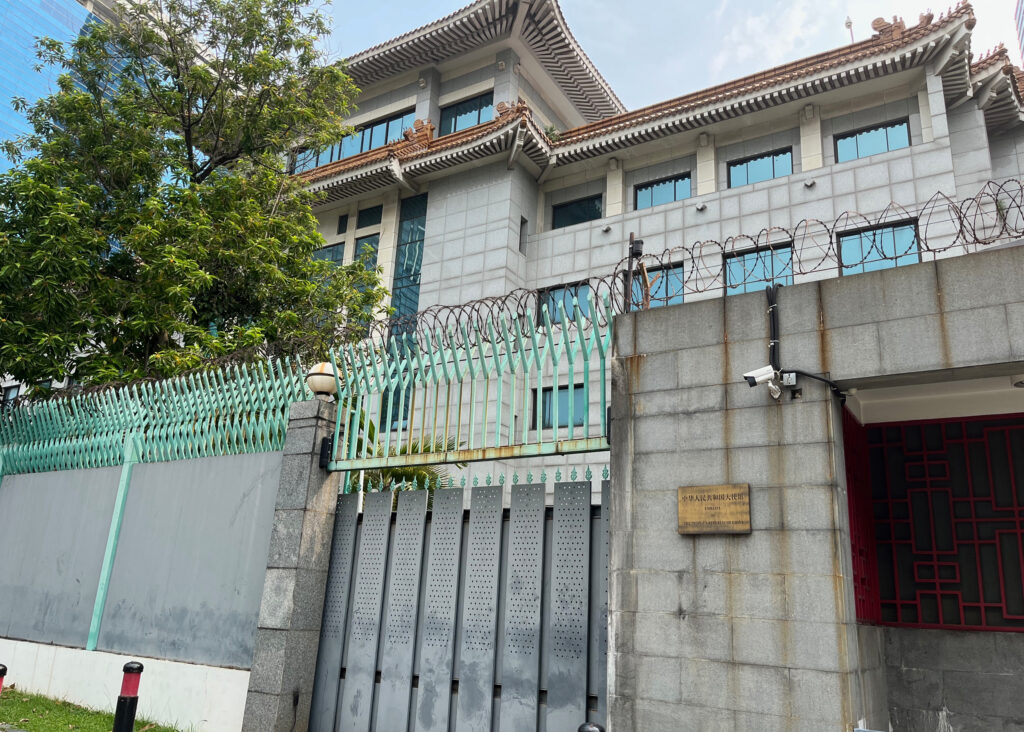

Last year Indonesia was the top destination for Belt and Road investment globally, with $9.3 billion, according to the Griffith Asia Institute. From 2000-2023, Indonesia received nearly $70 billion in development finance across more than 400 projects from China, more than from Japan, South Korea, Australia and the United States combined, according to AidData, a research lab at William & Mary. China supplied an additional $45 billion in investment over the last decade, with the money concentrated on energy, mining, construction, transportation and telecommunications.
When the Indonesian government began implementing policies to ban exports of raw nickel ore, Europe and the United States resisted, eventually launching a challenge at the World Trade Organization.
China sent companies to process the nickel near the mines, an effort that gave Widodo his downstream manufacturing but allowed China to corner the market.
Indonesia is the world’s largest source of nickel by far, providing more than half of global supply. Yet Chinese entities control at least 75 percent of the country’s nickel refining capacity, according to one recent assessment. In 2022, about 90 percent of Indonesia’s nickel exports went to China, according to a U.S. International Trade Commission report.
The environmental impacts of nickel mining and smelting have been devastating and well-catalogued. The operations have poisoned the water and air of nearby communities with cancer-causing compounds, ruined fisheries, encroached on the lands of Indigenous people and felled hundreds of square miles of forests.
And, with few exceptions, they have been powered by coal.
While Chinese investment has helped fuel Indonesia’s growth, it has also set what Rakhmat calls a “hidden debt trap.” Indonesia may not be at risk of a financial default, he said, but many of the benefits of development have flowed to China. When Chinese banks finance high-speed rail or coal power plants, Chinese contractors often use imported Chinese labor and materials.
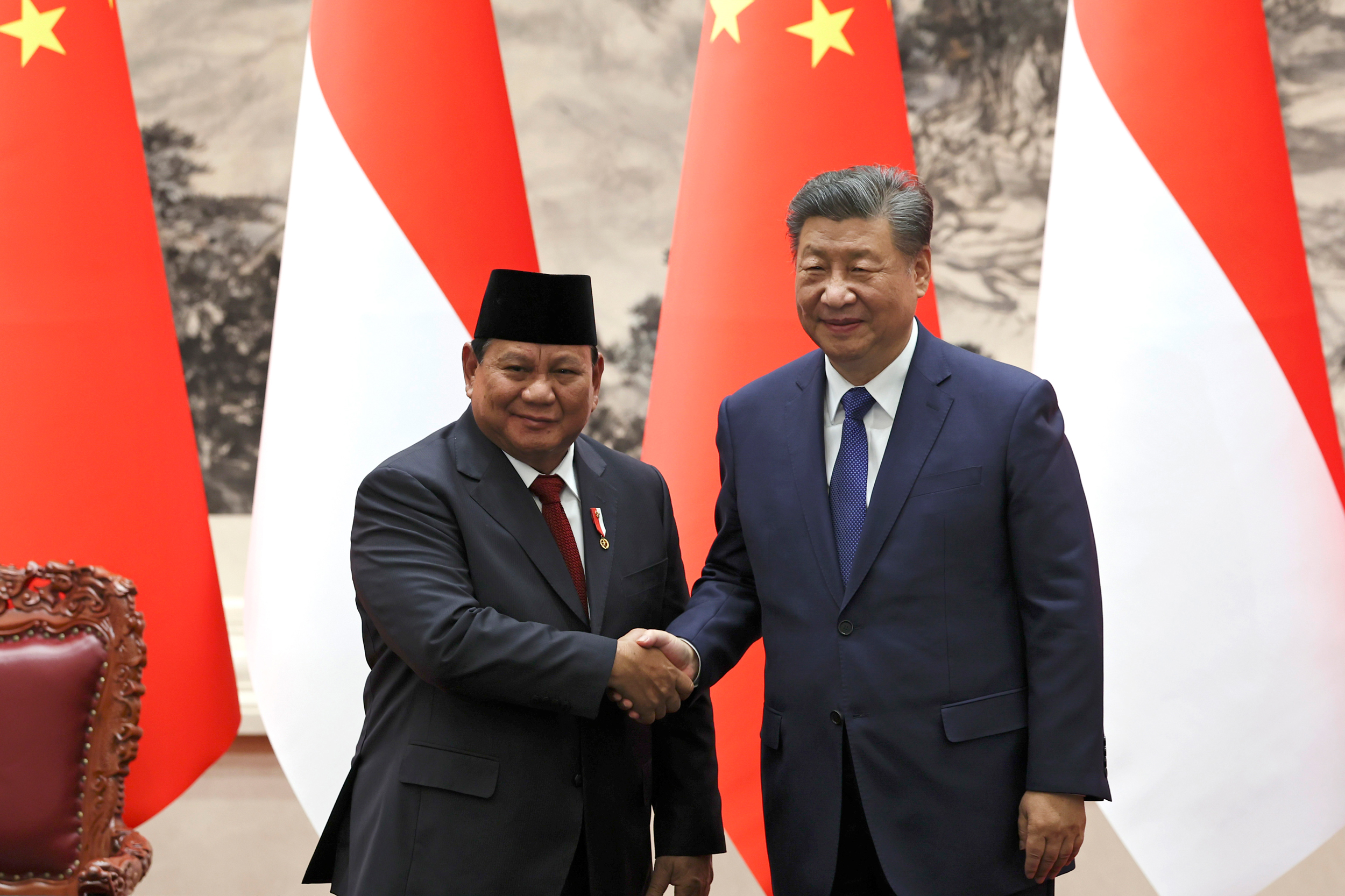

Even beyond the financial, Rakhmat said, “our foreign policy has been trapped by our reliance on Chinese money.” He pointed to Indonesia’s support for China at the United Nations Human Rights Council over alleged abuses against that country’s Uyghur ethnic group, and its relative silence on China’s disputed South China Sea territorial claims. Indonesia has historically sought non-alignment, but President Prabowo Subianto was among those who attended Xi’s recent military parade, alongside Russia’s Vladimir Putin and Kim Jong Un of North Korea.
Indonesia’s Ministry of Investment and Downstream Industry did not respond to requests for comment.
Criminalizing Protest
Indonesia is less than 30 years removed from authoritarian rule, and many of the country’s activists operate as if it could return at any moment. Some environmental groups say they have been monitored by police or intelligence services, with agents posing as delivery drivers, for example.
Subianto, the current president, was an Army general under the dictatorship. Activists and political observers have warned that some of his policies, including appointing military officials to high-ranking positions and pursuing what some view as politically motivated prosecutions, are sliding the country back toward authoritarianism.
Zakki Amali, the research manager at Trend Asia, an environmental group, has tracked many of the country’s controversial development projects. And when locals resist, he said, they often face intimidation or worse.


Amali was sitting in a room tucked behind a small café down a dead-end street. Glass doors opened onto a cabinet-sized courtyard. A mural stretched across two walls. One wall depicted a coal plant, mines and other extractive industries. An oligarch loomed in the corner. On the other wall was the future Trend Asia is fighting for: Wind turbines and a clear river cutting through an agrarian landscape.
To help speed construction of the country’s mines, power plants and other infrastructure, Widodo enacted a policy that empowered the government to designate National Strategic Projects. The status allows developers to bypass or fast-track the normal environmental reviews and land protections and to amend or override local regulations. The military provides security for these projects, Amali said, and the national strategic status makes it easier for the government to arrest people who oppose or demonstrate against them.
Many Chinese-backed projects, including nickel mines, coal plants and other developments, received this strategic designation. And many have faced opposition from local residents.
In July 2023, government officials announced that Xinyi Glass, a large Chinese manufacturer of glass for solar panels, would build an $11.6 billion complex on an island near Singapore. The development, part of a larger “Rempang Eco-City,” would turn silica sand into glass. Indonesia’s investment minister said later that year it would be powered by a 2,500-megawatt coal plant, according to the Indonesian news site Katadata.
Villagers on the island soon learned they were to be displaced and settled in a new area. While some agreed, many residents resisted. At one protest, militarized police arrived and fired tear gas at demonstrators. The noxious cloud wafted toward a school, where students and a teacher experienced shortness of breath, dizziness and nausea, according to a complaint submitted to Indonesia’s National Commission on Human Rights. Police and other government agencies then launched a crackdown, summoning people for questioning, seizing cell phones and searching homes and tax records of those they suspected were behind the protests, according to Trend Asia.
The government response to protests was not an isolated incident. Advocacy groups say criminalization and threats against environmental defenders are widespread in Indonesia.
The country’s Human Rights Commission said in a 2024 report that it had received 114 complaints related to National Strategic Projects from 2020-2023. It determined that the regulations governing these projects were not conducive to protecting rights. The report documented forced displacement, intimidation and arrests of residents who opposed projects.
Some cases involved Chinese-backed projects, including Rempang. The report also said workers for Chinese-controlled PT Gunbuster Nickel Industry, which runs one of the largest nickel operations in Indonesia, were allegedly subject to criminal action after protesting against conditions there.
PT Gunbuster did not respond to requests for comment.
Last year, the U.S. Department of Labor included Indonesian nickel on its list of products made with forced labor, citing the practices of Chinese companies that controlled the industrial parks.
“According to NGO reports, workers are often deceptively recruited in China,” the Labor Department paper said. “After they arrive in Indonesia, many workers receive a lower wage than promised along with longer work hours. Workers regularly have passports confiscated by employers and experience arbitrary deduction of wages, as well as physical and verbal violence as means of punishment.”
The Chinese embassies in Jakarta and Washington, D.C., did not reply to multiple requests for comment.
In Rempang, while the local development agency has continued to advance the Eco-City project, work has not started on Xinyi Glass’ solar manufacturing site. The company said in a statement to Inside Climate News that it does not “have any current or foreseeable future engagements” in Rempang. Xinyi also said it has not been involved there in the past, but the Indonesian government published a photograph of a signing ceremony with a subsidiary of the company announcing the Rempang investment in 2023.
This story is funded by readers like you.
Our nonprofit newsroom provides award-winning climate coverage free of charge and advertising. We rely on donations from readers like you to keep going. Please donate now to support our work.
Donate Now
The Subianto administration did not include Rempang in its most recent list of national strategic projects, raising doubts about the development’s future.
Chinese companies that operate overseas tend to not get involved in trying to improve local conditions, said Christoph Nedopil, a professor of economics at Griffith University in Australia and the founding director of the Green Finance and Development Center, which tracks Belt and Road spending.
“The Chinese are not going in and saying, ‘You should do this. You should become better,’” Nedopil said. Chinese companies have also tended to focus more on legal and financial risks rather than social or environmental ones, he said, though they have begun to shift in recent years as conflicts have disrupted development.
Trend Asia’s Amali said he has found particularly bad conditions at some of the Chinese-run nickel operations. And he said despite pledges otherwise, he’s seen little evidence that Chinese companies have made much effort to limit environmental damage or human rights violations.
Who Will Pay?
Jakarta consistently ranks among the world’s most polluted cities. Swarming motorbikes, cars and trucks are the worst offenders, but in June, Indonesia’s Environment Ministry said coal burning was the second leading cause of the city’s unhealthy pollution.
From the ground, the pallid smog hangs like a blanket. From up high, its density becomes apparent.
The elevator to the lounge at the Westin Jakarta goes directly to the 52nd floor of one of the city’s tallest buildings. Floor-to-ceiling windows offer views all around, but on one of those polluted June days, the city’s National Monument, only 3 miles away, was completely obscured.
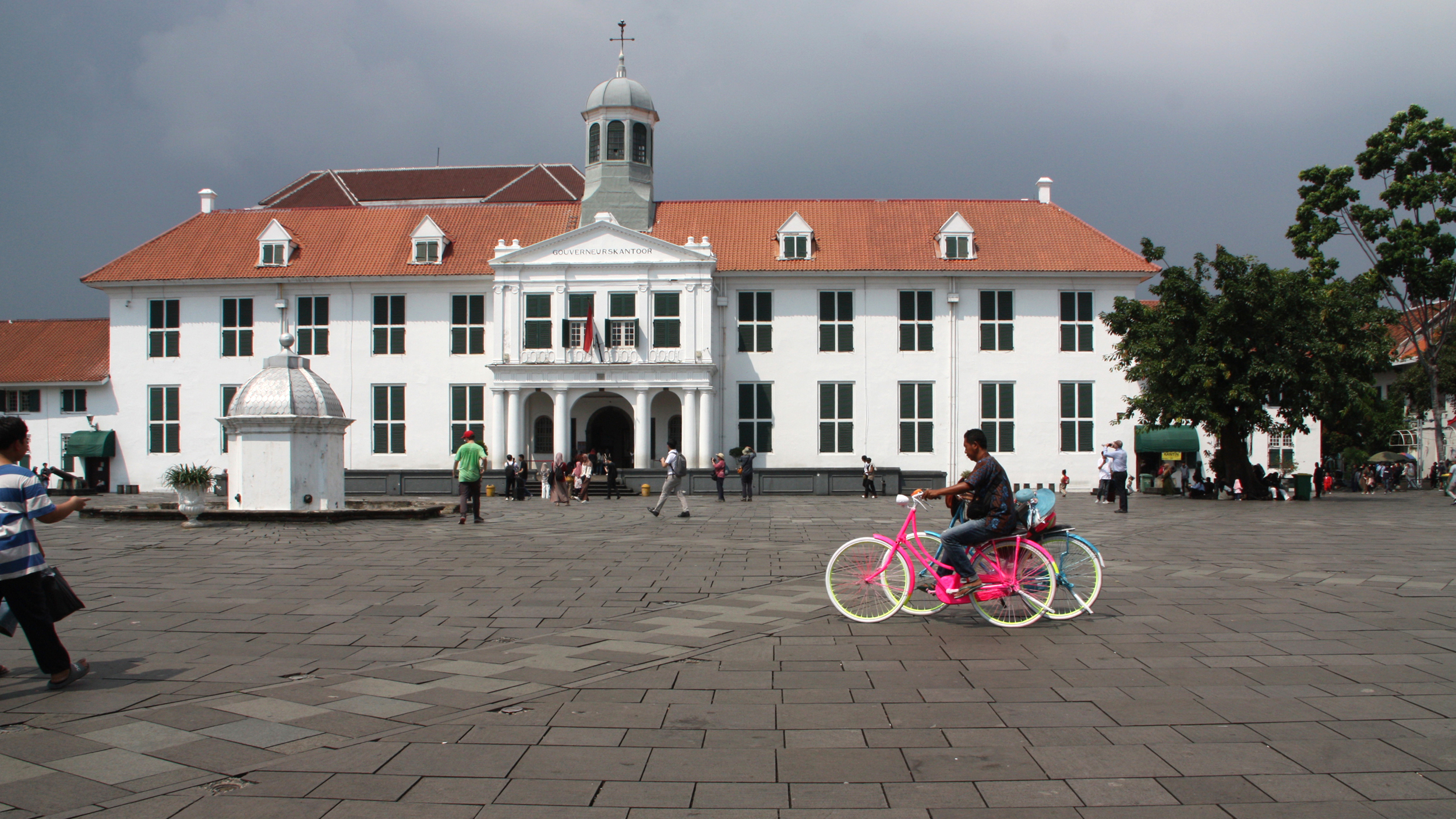

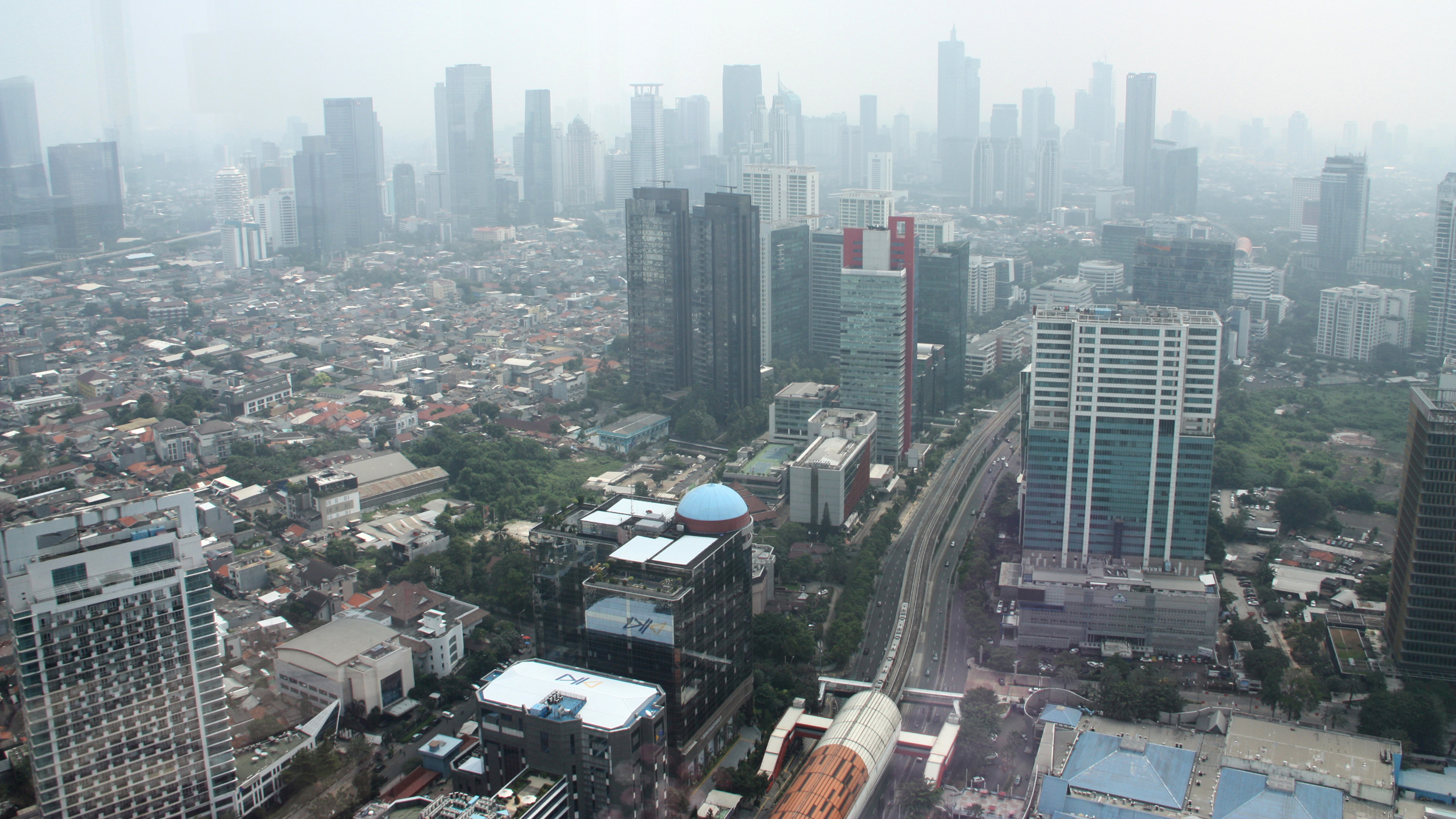

From that perch, Farah Heliantina, assistant deputy for the acceleration of energy transition at Indonesia’s Coordinating Ministry for Economic Affairs, said Indonesia cannot phase out coal anytime soon unless wealthy countries pay.
“Indonesia is committed to achieve net zero,” Heliantina said, “but the world must move forward together with us.” Low-key lounge music hummed in the background behind the screams of an espresso machine.
The Subianto administration has set a target to reach 8 percent annual economic growth, a feat that would mean more electricity demand, Heliantina said. Indonesia’s most recent 10-year power plan calls for adding nearly 70 gigawatts of capacity by 2035, about 70 percent of the existing total. While most of that would come from renewable energy sources, some critics have pointed out that the bulk of these cleaner additions are planned to come in the 2030s, punting the difficult task. In the short term, the plan foresees completing some new coal and natural gas plants.
While Subianto said last year that the government plans to phase out coal by 2040, his climate envoy and brother, Hashim Djojohadikusumo, has called that notion “not real” and “economic suicide.” One official from the Ministry of Energy and Mineral Resources recently told China’s state-owned news agency that coal will still provide a significant portion of the nation’s electricity in 2050.
Beyond the difficult politics and economics—coal mining was Indonesia’s second most profitable industry from 2019-2023, according to the Energy Shift Institute—the power purchasing agreements lock the state-owned utility into paying coal plants for decades whether or not they are operating.
Without support from wealthy nations, Heliantina said, it would be difficult to shut any coal plants before their planned retirements.
The primary vehicle for delivering that support—the Just Energy Transition Partnership—is sputtering. While the nations behind it pledged about $20 billion in public and private financing, the effort has struggled to identify renewable energy projects to back, said Butarbutar, the JETP secretariat chief. Nearly three years after its launch, its portfolio lists two projects and $1.2 billion in approved financing.
When the effort began in 2022, Butarbutar said, he expected Western banks to offer low-interest loans. So far, he said, they have not. One of his first tasks heading the secretariat was to discuss with the partnering nations whether they would support the early retirements that were integral to the JETP’s success.
“No one actually would be willing to finance that,” Butarbutar said.
The only money available for early coal retirement so far has come from the Asian Development Bank, of which China and the United States are members. But the money in play, Butarbutar said, is only enough to retire 1.7 gigawatts of capacity, about 3 percent of Indonesia’s coal power.
China is not part of the JETP, and has largely not engaged with the question of early coal retirements.
Gu, with Greenpeace East Asia, has held talks with the state-owned enterprises that backed overseas coal plants. She said she has been pleasantly surprised with their willingness to discuss the topic, but the conversations generally stall when it comes to who will pay the bill.
High above Jakarta, Heliantina said her government would be happy to work with any nations, banks or philanthropies willing to finance Indonesia’s energy sector and industrial development. But it has been China, more than any other country, that has built the nickel smelters, factories and power plants fueling Indonesia’s growth.
Heliantina’s next international trip would begin the following day. She was set to meet with government officials, talk to private-sector executives and get a tour of a solar manufacturing plant, all in China.
Adi Renaldi provided translation for this article.
About This Story
Perhaps you noticed: This story, like all the news we publish, is free to read. That’s because Inside Climate News is a 501c3 nonprofit organization. We do not charge a subscription fee, lock our news behind a paywall, or clutter our website with ads. We make our news on climate and the environment freely available to you and anyone who wants it.
That’s not all. We also share our news for free with scores of other media organizations around the country. Many of them can’t afford to do environmental journalism of their own. We’ve built bureaus from coast to coast to report local stories, collaborate with local newsrooms and co-publish articles so that this vital work is shared as widely as possible.
Two of us launched ICN in 2007. Six years later we earned a Pulitzer Prize for National Reporting, and now we run the oldest and largest dedicated climate newsroom in the nation. We tell the story in all its complexity. We hold polluters accountable. We expose environmental injustice. We debunk misinformation. We scrutinize solutions and inspire action.
Donations from readers like you fund every aspect of what we do. If you don’t already, will you support our ongoing work, our reporting on the biggest crisis facing our planet, and help us reach even more readers in more places?
Please take a moment to make a tax-deductible donation. Every one of them makes a difference.
Thank you,



